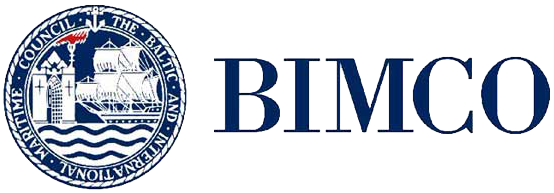Paraná-Paraguay Waterway Federal Committee Executive Secretariat forecast heavy reains for Argentina from December onwards until Autumn of 2016
Date: 06/10/2015
Dear Sirs
Good morning
Pls mote the newsletter issued by the Paraná-Paraguay Waterway Federal Committee
Executive Secretariat, the top authority in the subject matter.
They forecast intensive rains for December onwards until Autum of 2016.
quote
+ + + + + + + + + + +
Newsletter Nº452
Paraná-Paraguay Waterway Federal Committee Executive Secretariat
In accordance with information from the El Niño Phenomenon National Research Multisectorial Committee, the state bureau specialized on the phenomeon, there is a probability that the weather event could go from "strong" to "extraordinary", which would have devastating consequences from next December until autum of 2016 (the austral summer), as it already happened in 1983 and 1997. The current El Niño is unlike any of its preceeding phenomena, which were regarded as strong (1983 and 1997) This year's conditions are met for an out-of-the-ordinary El Niño, which will bring heavy rains, floods, land slides, erosion and desalinization as a consequence. El Niño is the abnormal and sustained temperature increase of the Pacific Ocean surface. It causes intense rainfall and, even though it is a recurring phenomena, it is does not happen on annual intervals but it's a natural phenomenon that has been happening during centuries. Ocean and atmospheric conditions in the Pacific tend to fluctuate during El Niño (warming) and a temperature decreasein the tropical Pacific, known as La Niña. The fluctuation are very irregular, but tend to appear every three to six years. In the reguinal area, the consequences can be signifficant. In Central America, El Niño brings excessive rain along the Caribbean Coast while the Pacific Coast remains dry. Rains increase along the Equator coasts, northwards od Peru and cha Southern Chilean area. In Equator, Peru and Bolivia, there will be draught at the mountain ranges and Los Andes areas, which means a withdrawal of the claciars, with the ulterior changes on the water availability and local biodiversity. In Colombia, Venezuela and Guyana, rain fall will decrease, causing draught in the Brazilian Northeastern area. Temperatures will raise in the Southern Brazilian area, and rain fall will increase in Argentina, Paraguay and Uruguay...
Dr. José GALETTI






